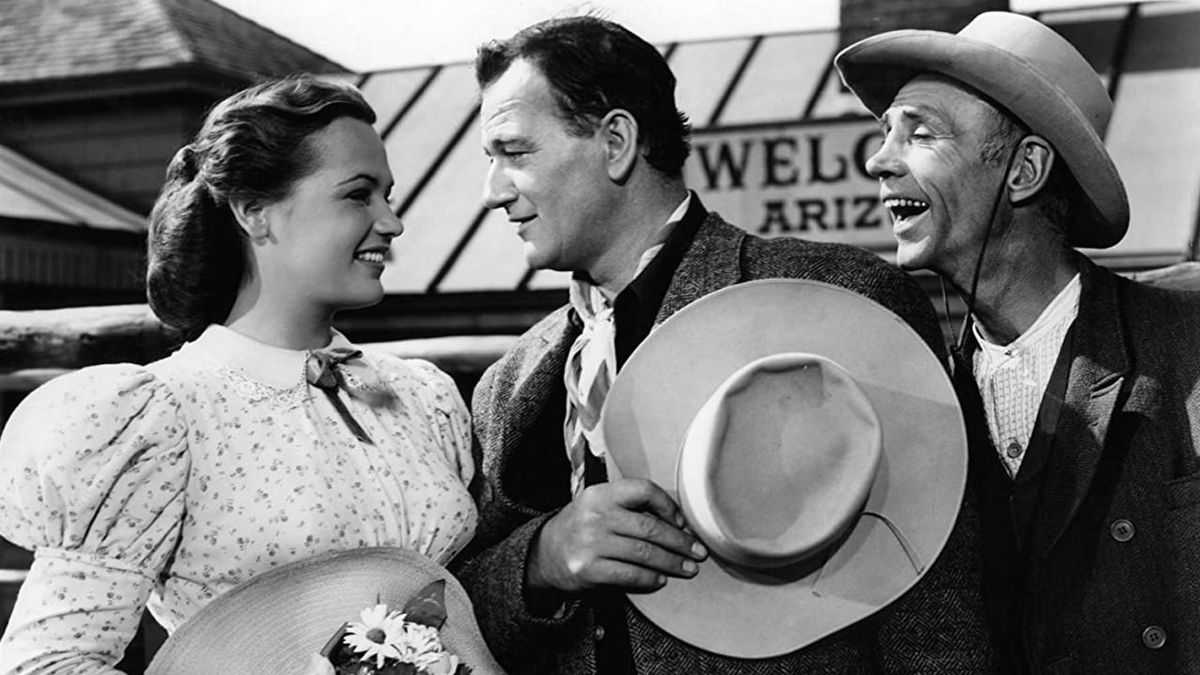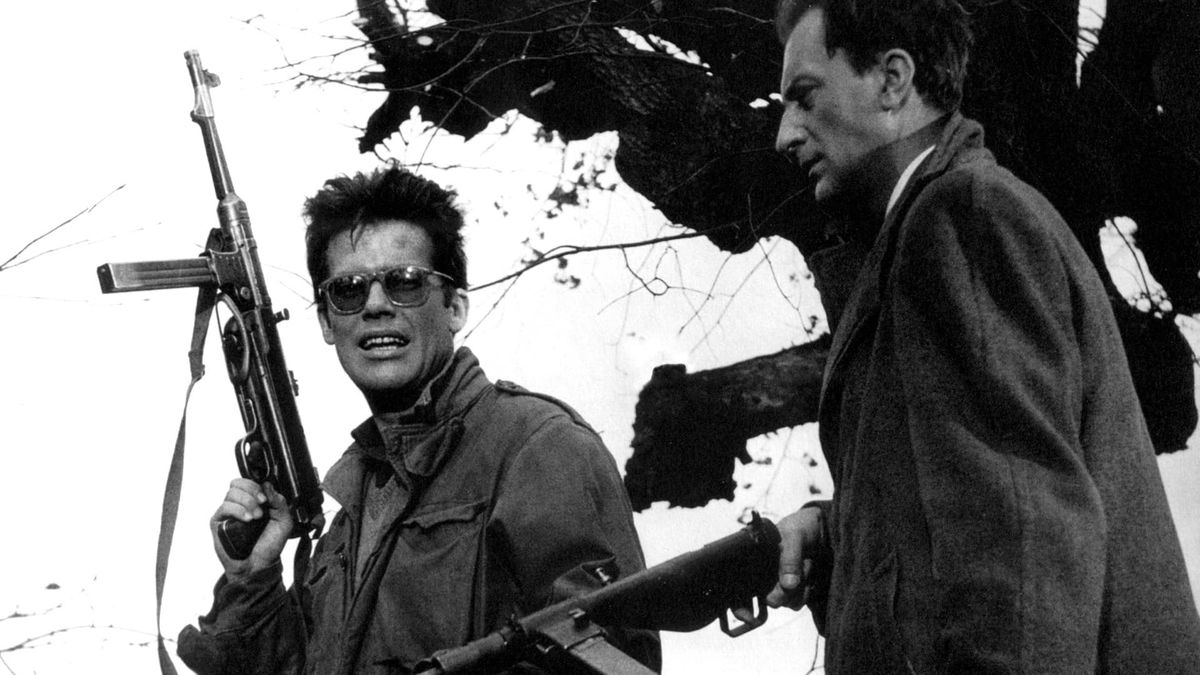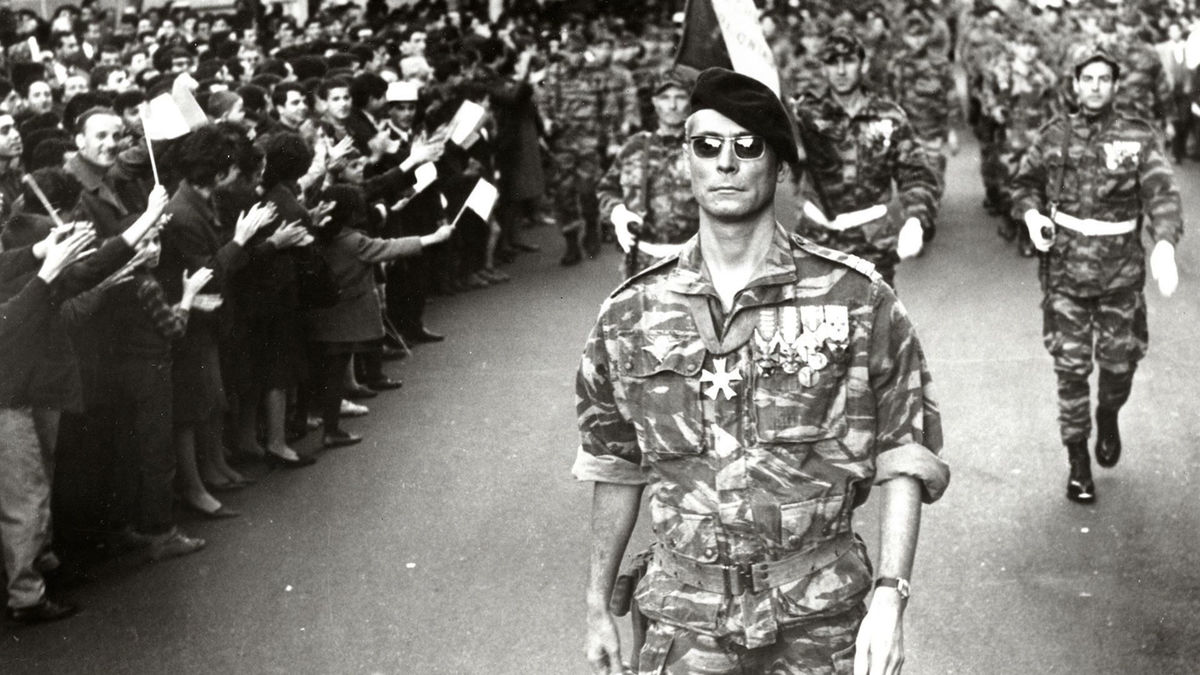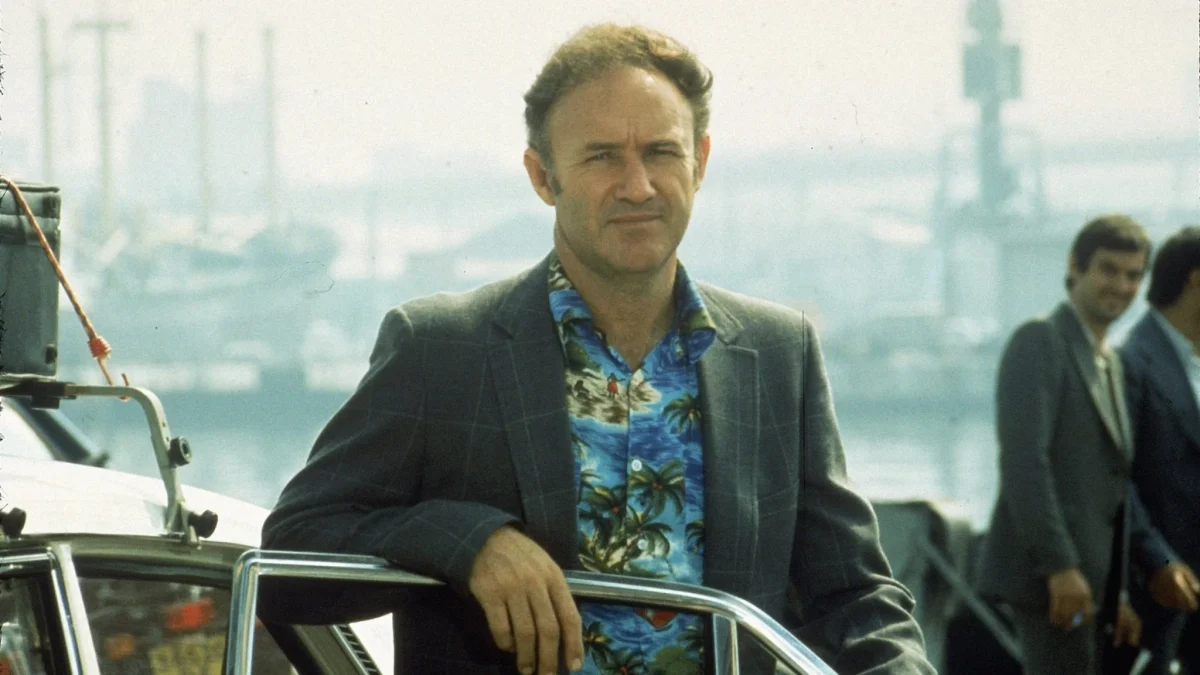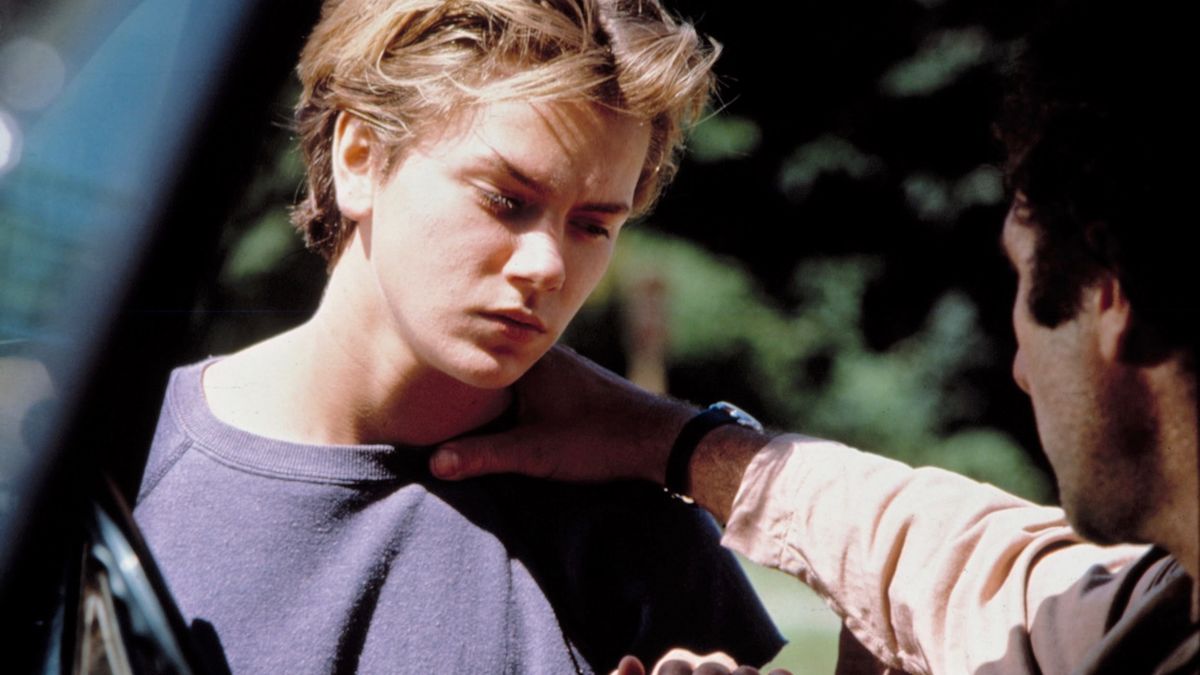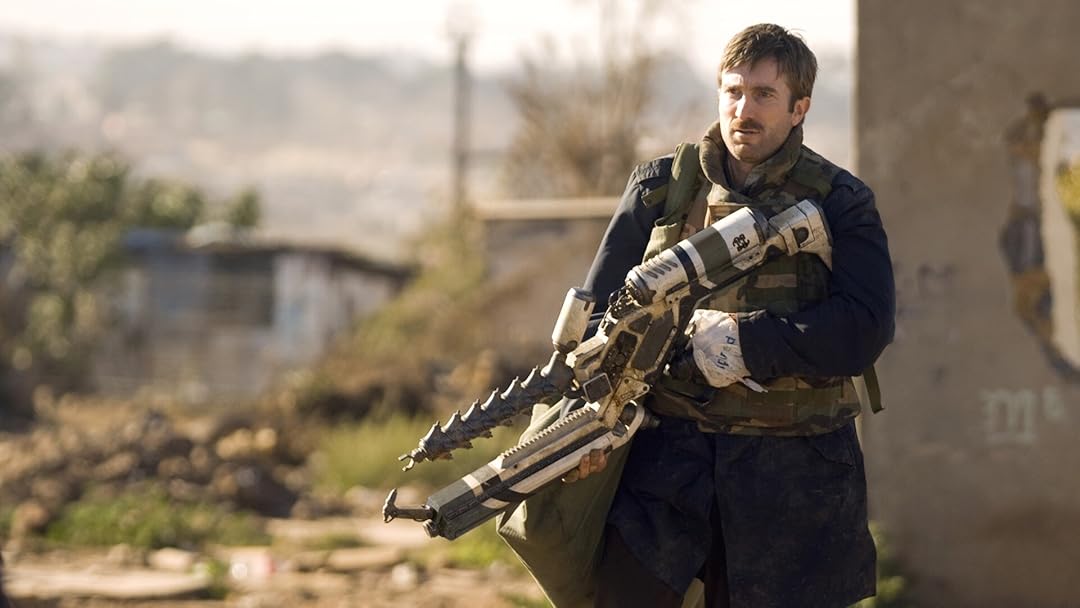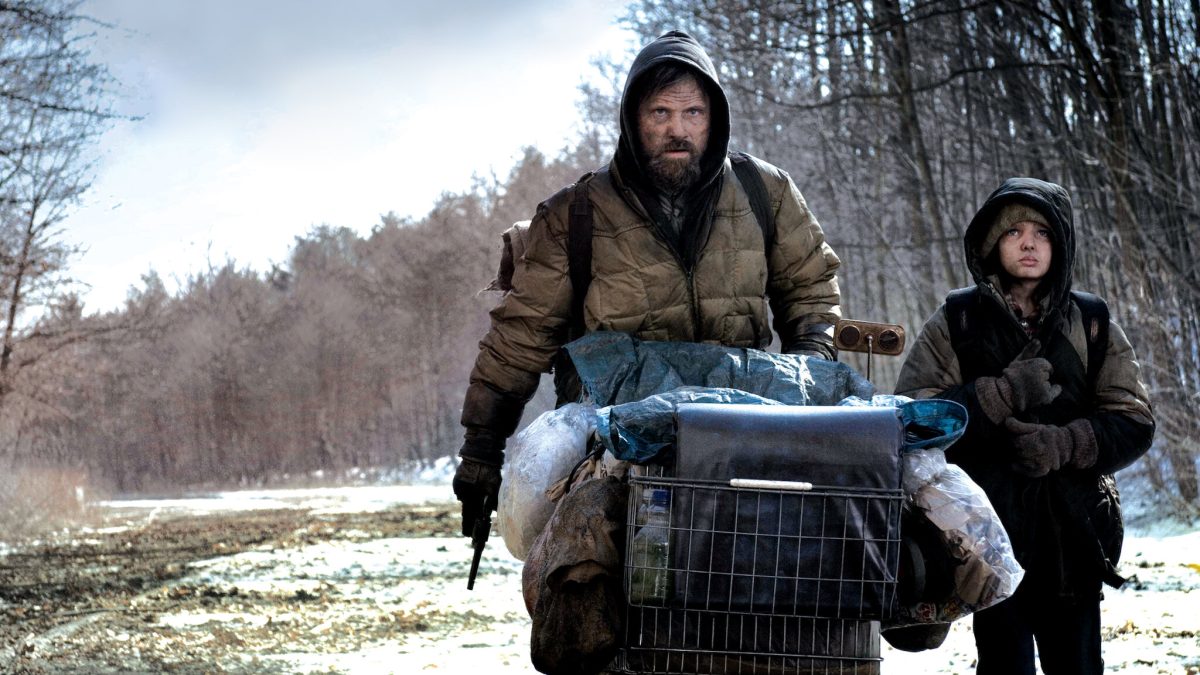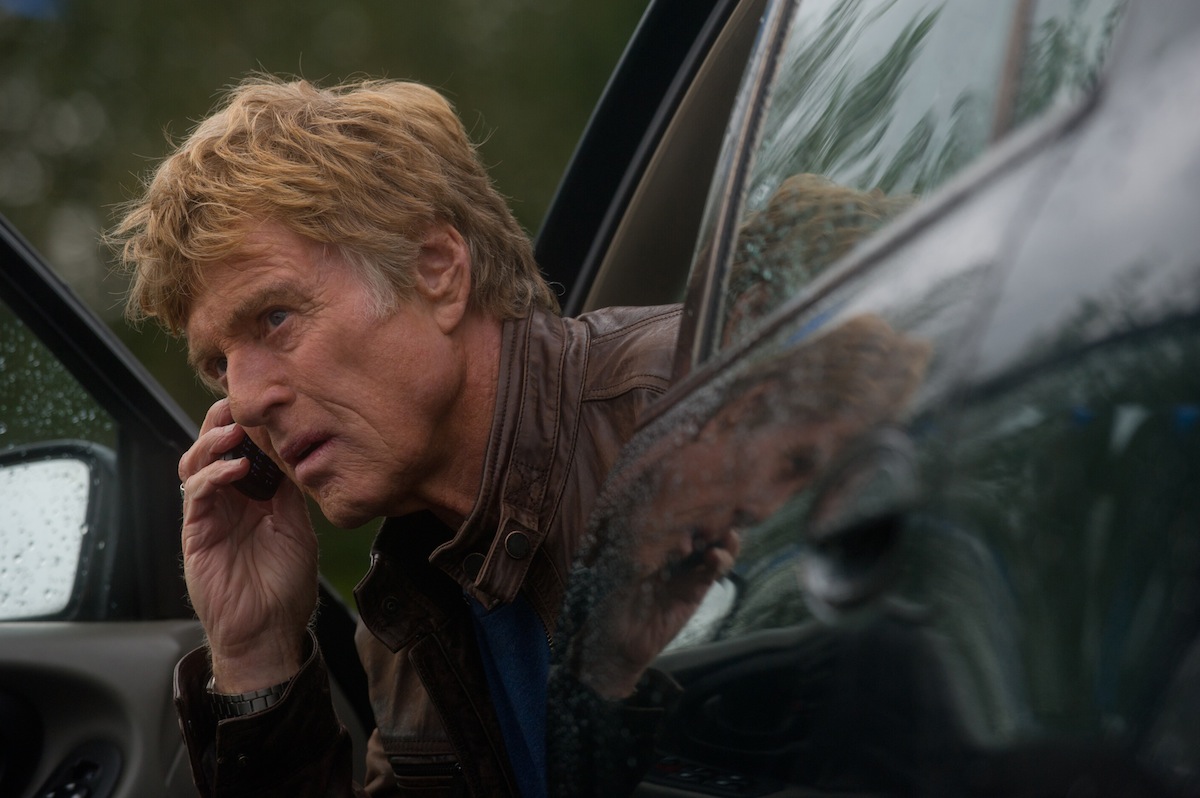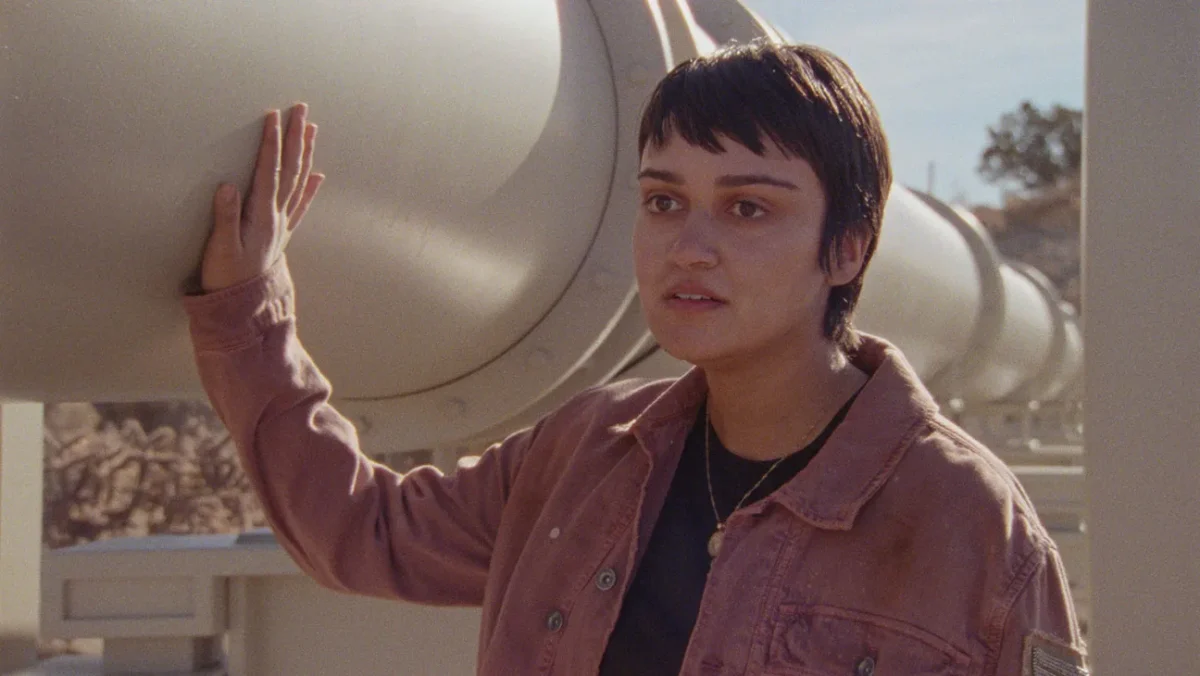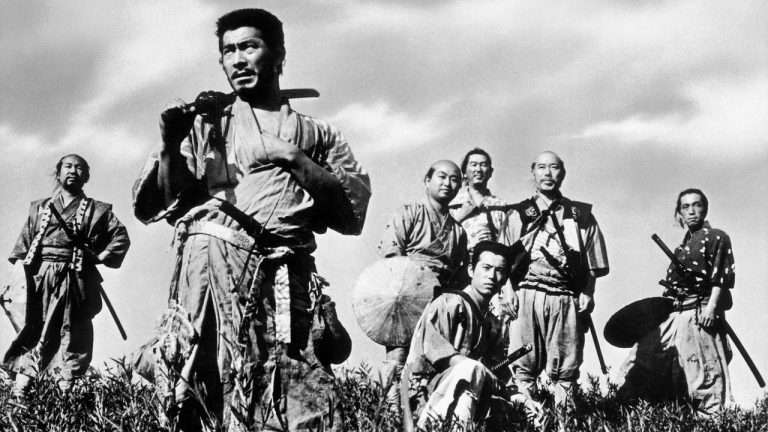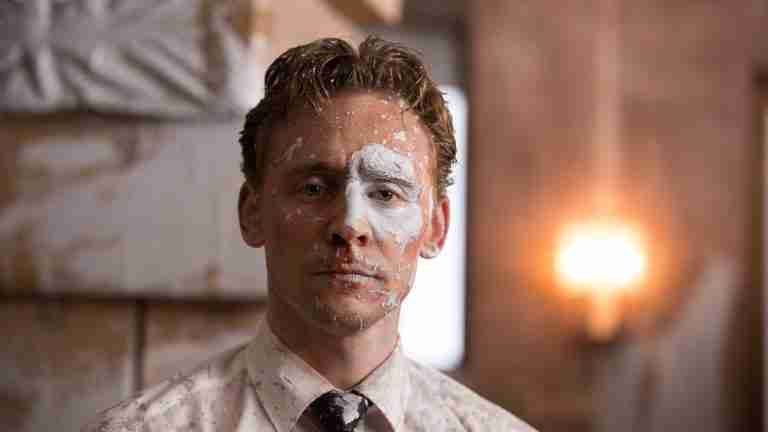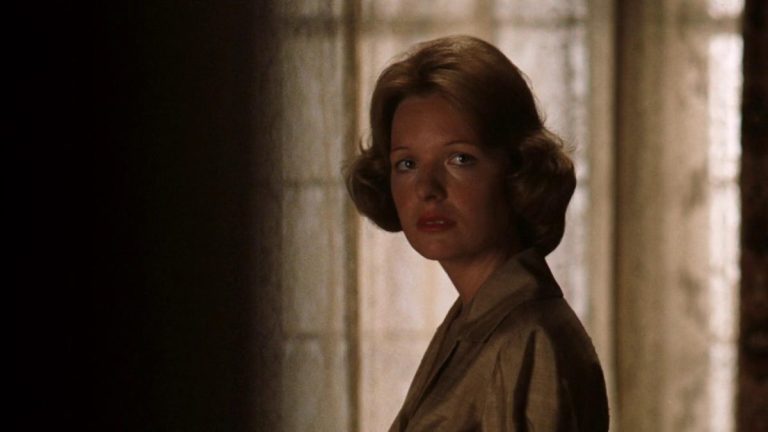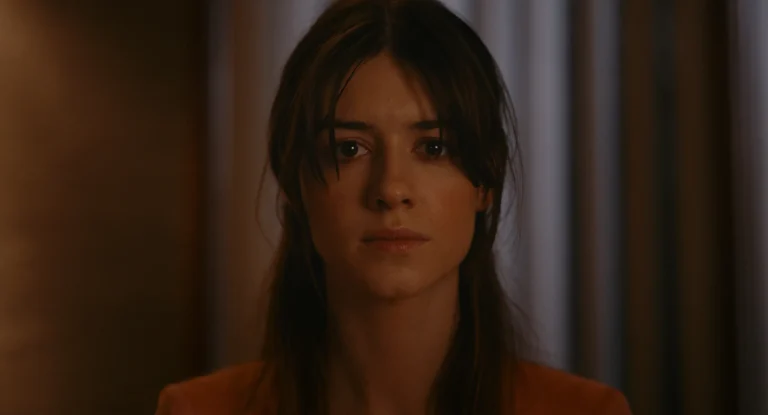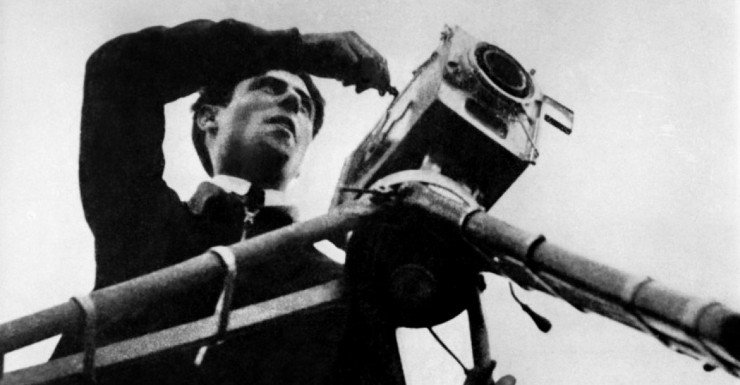Given the spotless track record that Paul Thomas Anderson has maintained throughout his career, his latest feature, “One Battle After Another,” arrived with tremendous expectations. The stakes for the film were only heightened when considering the involvement of Leonardo DiCaprio, one of the few bona fide “movie stars” still working, and the reportedly significant budget involved. However, “One Battle After Another” still managed to surpass expectations, earning the type of glowing reviews not seen since “Parasite” or “No Country For Old Men.”
Beyond the fact that it is the biggest, boldest, and most exhilarating installment in Anderson’s filmography yet, “One Battle After Another” is also a film that speaks to the current moment in American politics. With its impassioned plea for compassion and heroic depiction of revolutionaries, “One Battle After Another” is both classically entertaining and extremely relevant.
The film was inspired by the novel “Vineland” by Thomas Pynchon, but it’s far from an exact adaptation; similar to “Inherent Vice,” another Pynchon adaptation directed by Anderson, “One Battle After Another” is influenced by various cinematic classics, and often blends its different points of inspiration in exciting ways.
Anderson has made it clear that he intends the film to be a crowd-pleasing action film in the vein of “Star Wars” or “Terminator 2: Judgment Day,” but “One Battle After Another” is deeply informed by movies from both the Golden Age of Cinema and the era in which “Vineland” was written. Those who like “One Battle After Another” will definitely want to check out these movies.
1. 3 Godfathers (1948)
Anderson also listed John Ford’s brilliant western “The Searchers” as part of his “One Battle After Another” watchlist, but at this point, the 1956 classic is referenced constantly. George Lucas, Steven Spielberg, Ari Aster, Martin Scorsese, and Jean-Luc Godard are just a few directors who’ve expressed their admiration. It may be more helpful to recommend another western collaboration between Ford and John Wayne, as the duo worked together twelve times across the course of their respective careers.
While there’s a lot to admire about the political relevancy of “The Man Who Shot Liberty Valance” or the unbridled romanticism of “She Wore A Yellow Ribbon,” Anderson’s approach to “One Battle After Another” is most reminiscent of Ford and Waynes’ work on “3 Godfathers,” a gunslinging adventure loosely inspired by the story of the “three wise men” from the Bible.
Both “3 Godfathers” and “One Battle After Another” could be part of a marathon of “untraditional Christmas films.” “3 Godfathers” is centered on three outlaws who take it upon themselves to protect a newborn baby after its mother is lost. The strong parental themes are particularly potent, as Ford’s classical style of epic filmmaking manages to be sincere without being saccharine.
Wayne shows the same type of sensitivity and compassionate masculinity that made DiCaprio’s “One Battle After Another” role so beloved, and the film benefits from shooting on location in Monument Valley. The famous desert location was used in countless Ford westerns, and is also briefly glimpsed in “One Battle After Another.”
2. Ashes and Diamonds (1958)
Controversial since its release, “Ashes and Diamonds” is the third chapter in Andrzej Wajda’s unofficial war trilogy, following “A Generation” and “Kanal.” It’s the biggest and most ambitious of the three, as “Ashes and Diamonds” is set in the aftermath of World War II, and follows an anti-Communist Home Army soldier as he considers the ethics of performing a high-level assassination.
It’s a gripping contemplation of whether priority politics should supersede personal fundamentals, and questions whether a collective resistance movement can ever be entirely selfless. Interweaving between the nailbiting moments of tension are fascinating insights into the Polish culture in the post-war era, as Wadja has rightfully been hailed as one of the nation’s finest filmmakers.
“Ashes and Diamonds” has been subjected to historical reevaluations as a result of developments within Polish politics. Even if the general consensus has changed in the decades since the film was first released, the morality of “Ashes and Diamonds” is so gray that it could never be classified as a work of propaganda. It’s also a film that’s far more nimble in its assertions about the post-war chaos than one might imagine.
The film’s most pressing goal is to show the crisis of confidence faced by both authorities and rebels. In addition to its prominence within war cinema and the neorealist movement, “Ashes and Diamonds” has cast a wide shadow on espionage storytelling. It was cited by Martin Scorsese as a primary influence on “The Departed.”
3. The Battle of Algiers (1966)
“The Battle of Algiers” was not only on Anderson’s list of “must-see” movies, but also factors into the story of “One Battle After Another;” the film is playing in the background as Bob is spending his evening alone, waiting to hear from his daughter. It makes sense that the characters in “One Battle After Another” would look to this classic of neorealist Italian cinema, as “The Battle of Algiers” depicted the tricky, visceral actions of Algerian rebels against the French government.
Given that the actual conflict had only occurred a decade prior, filmmaker Gillo Pontecorvo took a risk by making such a bold, confrontative work of docufiction that didn’t shy away in its haunting examination of war crimes.
Beyond its formal brilliance, “The Battle of Algiers” served as a declaration, a rallying cry, and a jubilation of those who had raised their voices in the fight for freedom. “The Battle of Algiers” is not just remarkable in its masterful recreation of recent events, but in its entertainment value; as is the case with “One Battle After Another,” “The Battle of Algiers” has an operatic quality that makes the conflict even more propulsive.
To make its subject even more enthralling, “The Battle of Algiers” featured a masterful score from the great Ennio Morricone, who would later be best known for his work on Sergio Leone’s Westerns. Morricone is also known as a major influence on Jonny Greenwood, who has composed many of Anderson’s films, including “One Battle After Another.”
Related to One Battle After Another – One Battle After Another Is Already Shaking Up the Box Office — You Won’t Believe These Numbers!
4. French Connection II (1975)
Anderson listed the original 1971 “The French Connection” as a primary influence on “One Battle After Another,” most likely because of the highly influential car chase within William Friedkin’s Best Picture-winning masterpiece. Given that “The French Connection” is a film that most cinephiles are already familiar with, it may be more apt to recommend its underrated sequel, which was released four years later.
Friedkin’s work on “The Exorcist” prevented him from directing the follow-up, but the film was thankfully placed in the capable hands of John Frankenheimer. Frankenheimer may not be a household name in the same vein as Friedkin, but his filmography is packed with a staggering number of classics, including the original “The Manchurian Candidate,” “The Train,” “Seconds,” “Ronin,” and “The Holcroft Covenant.”
“The French Connection II” transformed Gene Hackman’s character Popeye Doyle into a slightly gruffer, out-of-his-element atypical action hero, who surprisingly bears a lot in common with DiCaprio’s performance as Bob in “One Battle After Another.” The film sees Doyle burdened by his failures in the first film, as he is dispatched to France in order to continue his pursuit of the drug dealer Frenrando Rey (Alain Charnier).
While Frankenheimer could put together gritty crime dramas like no one else, the most surprising component of “The French Connection II” is a harrowing subplot in which Doyle must kick his addiction to heroin; its not dissimilar from the depiction of Bob’s substance abuse issues in “One Battle After Another,” which are used for both comedic affect and as a means of making him more relatable.
5. Running on Empty (1988)
When discussing the films that served as a direct influence on “One Battle After Another,” Anderson gave a shoutout to the underrated Sidney Lumet classic “Running on Empty” when discussing the “must-see” titles to watch beforehand.
Although Lumet always found a way to incorporate his politics within his stories, as evidenced by “12 Angry Men” and “Network” among others, “Running on Empty” poignantly crafted a familial relationship reminiscent of the dynamic that Willa (Chase Infiniti) shares with her father Bob (Leonardo DiCaprio) in “One Battle After Another.” “Running on Empty” is centered on the couple Annie (Christine Lahti) and Arthur Pope (Judd Hirsch), who have been on the run since being involved in an anti-war incident in 1971.
As their son Danny (River Phoenix) approached adulthood, the family must determine what they need to do to stay together. Both “Running on Empty” and “One Battle After Another” reflect on whether parenting can itself be an act of rebellion, even for anti-war activists who are forced into hiding as a result of their actions.
Although “One Battle After Another” beautifully showed the pressures that were put upon single parents, “Running on Empty” succeeded as a remarkably coming-of-age story, with Phoenix earning an Academy Award nomination for Best Supporting Actor. Phoenix was a brilliant young actor whose tragic death denied the world many great performances. Although he had many remarkable roles, “Running on Empty” was perhaps his best work and has managed to stand the test of time.
6. Midnight Run (1988)
A surprising film cited by Anderson is the classic buddy adventure action-comedy “Midnight Run,” which deserves to be remembered as a perfect encapsulation of what a sweeping adventure can be. While it’s easy to compare the narrative of “Midnight Run” to countless other road trip movies, it’s made deeper, funnier, and more insightful thanks to the excellent chemistry between Robert De Niro and Charles Grodin. Grodin was an actor so inherently funny that he often didn’t get enough credit for how warm, inventive, and complex his characters could be.
Although De Niro would later experiment with more self-deprecating comedies like “Analyze This” and “Meet the Parents,” “Midnight Run” featured an emotional, realistic performance that was just as grounded as his Oscar-winning work in “The Godfather: Part II” or “Raging Bull.”
“Midnight Run” was directed by Martin Brest, a filmmaker whose ability to weave together comedy and drama was unparalleled. Although Brest created one of the most successful blockbusters of the ‘80s with “Beverly Hills Cop,” he would later craft an Oscar-nominated drama with “Scent of a Woman.”
“Midnight Run” finds the perfect balance between these two styles, as the banter between Grodin and De Niro is entertaining because of the constant danger that they are in. As is the case with “One Battle After Another,” “Midnight Run” has a stacked cast filled with underrated supporting performances; a scenery-chewing Joe Pantoliano and the surprisingly humorous Yaphet Kotto add greater texture to a film that benefits from unabashedly wearing its heart on its sleeve.
Also Related to One Battle After Another – What ‘Eddington’ and ‘One Battle After Another’ Say about Survival in the Current Global Order
7. District 9 (2009)
Immigration and racism are core themes in “One Battle After Another,” which dared to depict the reality of hate crimes and intolerance as they exist today. Surprisingly, Neil Blomkamp was able to attain a similar degree of science fiction in his groundbreaking directorial debut, “District 9,” even though it is technically a work of science fiction.
Set in a world in which alien creatures have settled on Earth, “District 9” centers on a government employee (Sharlto Copley) who reluctantly agrees to help an alien single father and his child reach a ship that will send them home. In addition to channeling the same parental anxieties of “One Battle After Another,” “District 9” succeeds in being a thrilling road chase adventure in which a small group of heroes is hunted down by government forces.
“District 9” is set in Blomkamp’s home country of South Africa, and draws on the nation’s history of apartheid in its examination of the brutal lines of division between humans and aliens. Not only was it a brilliant way to examine xenophobia and segregation, but a creative slant on the “alien invader” narrative that commonly pops up in sci-fi epics.
Like Anderson, Blomkamp is a brilliant writer of drama who also happens to be a brilliant orchestrator of action, as “District 9” is far more visceral and exciting than many films with much more significant budgets. Although Blomkamp’s recent track record has been a tad disappointing, “District 9” remains one of the few sci-fi films to ever earn a Best Picture nomination at the Academy Awards.
8. The Road (2009)
When discussing futuristic neo-western thrillers that focus on a single parent and child attempting to survive within a nation of hostiles, Anderson’s work on “One Battle After Another” was always going to be compared to “The Road.”
Based on the 2006 novel of the same name that was instantly heralded as one of McCarthy’s greatest written achievements, “The Road” starred Viggo Mortensen in one of his most notable roles as an unnamed drifter who travels with his young son (Kodi Smit-McPhee) through the wasteland that once was America.
As was the case with “One Battle After Another,” it’s a story about the masculine insecurity of a widower, as Mortensen’s character is forced to be a more empathetic parent after the loss of his wife (Charlize Theron, who lands an emotional punch within her few flashback scenes).
John Hillcoat is a filmmaker who understands the unforgiving intensity of the neo-western genre, and “The Road” strikes a haunting balance between emotional brutality and stark realism. His 2005 masterpiece “The Proposition” served as one of the most brilliant historical revenge thrillers ever made, but “The Road” added the necessary touch of modernity.
If “One Battle after Another” imagined how America would evolve if lines of political division continued to be drawn, then “The Road” anticipated how humanity could turn on itself in a search for resources in the wake of a global epidemic. Although “The Road” always felt realistic in its approach, this notion of civilization tearing itself apart after the spread of a virus felt spookily prescient in the wake of the COVID-19 crisis.
9. The Company You Keep (2013)
The late great Robert Redford starred in many films in the 1970s that epitomized the anti-authoritarian, radical resistance movement that inspired the creation of the “French 75” in “One Battle After Another.”
Although it was a young Redford that appeared in “All the President’s Men,” “Three Days of the Condor,” “The Candidate,” and “The Electric Horseman,” “The Company You Keep” served as his return to the genre and was the last film that he ever directed. Redford stars as a character similar to Bob in “One Battle After Another.” As a former member of “The Weather Underground” freedom fighter movement, he took on a new identity and remained in hiding for years before being discovered.
By examining how the themes of the ’70s political thrillers are still relevant, Redford was able to reflect on his own legacy and managed to pull together one of the strongest ensemble casts of any film in the 21st century.
Former members of the rebel band included many of Redford’s former co-stars, including Julie Christie, Chris Cooper, Nick Nolte, Stephen Root, Susan Sarandon, and Richard Jenkins. Also strong is Brendan Gleeson in the role of a ruthless police investigator (albeit not quite as ruthless as Sean Penn’s Lockjaw in “One Battle After Another”), as well as Shia LaBeouf as a curious young reporter who realizes that the truth about the Weather Underground has been obscured for decades. Redford was often a more athletic and stylistic filmmaker than he was given credit for being, and “The Company You Keep” is magnificent entertainment with its heart in the right place.
Related to One Battle After Another – What Francis Ford Coppola and Steven Spielberg Really Think of Paul Thomas Anderson’s One Battle After Another?
10. How To Blow Up A Pipeline (2023)
Hollywood has certainly been accused of losing its edge when it comes to timely political rhetoric, but “How To Blow Up A Timeline” is the rare independent film that comes along every once in a while with truly radical intentions. Inspired by the non-fiction book of the same name, Daniel Goldhaber’s brilliant second feature examines a group of young environmentalists who plan to destroy an oil pipeline that has devastated the biodiversity of West Texas.
Although the novel examined the history of resistance movements and social justice in America, the film is an intimate depiction of how the young people of the 21st century have grown up in a world that is seemingly on the brink of environmental collapse.
If “One Battle After Another” was about one generation of activists passing the torch to the next, then “How To Blow Up A Pipeline” is centered on a group of abandoned adolescents who have had to trek through the world on their own. Goldhaber certainly owes a lot to many of the same ‘70s classics that inspired Anderson, but the film is also surprisingly non-judgmental. These characters aren’t veterans or brilliant orchestrators, as they have only a small amount of experience to draw from.
Even if it shares thematic connections with “One Battle After Another,” “How To Blow Up A Pipeline” brilliantly navigates through a dense cast of characters within different locations, and shows the same style of inventive cross-cut editing that Anderson mastered with his early work on “Boogie Nights” and “Magnolia.”

